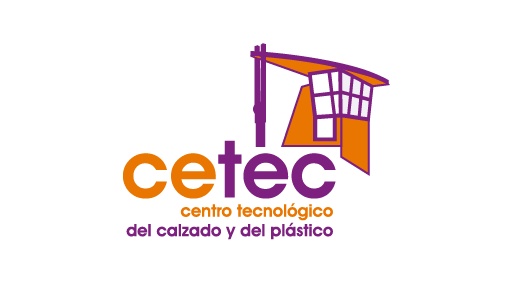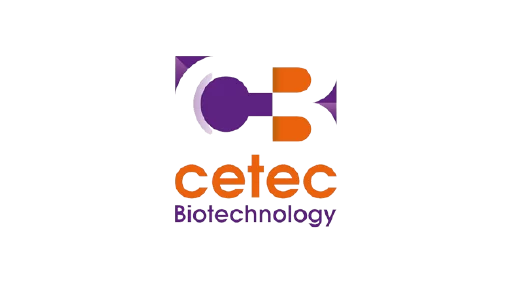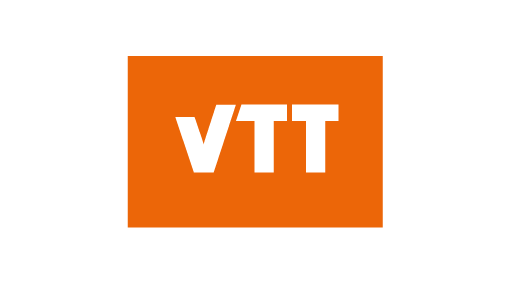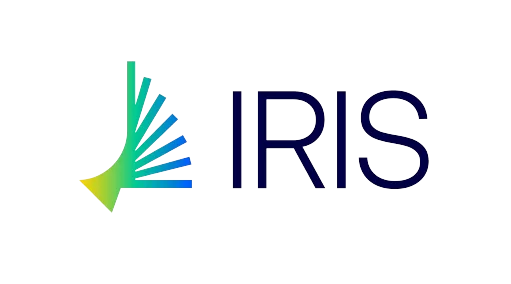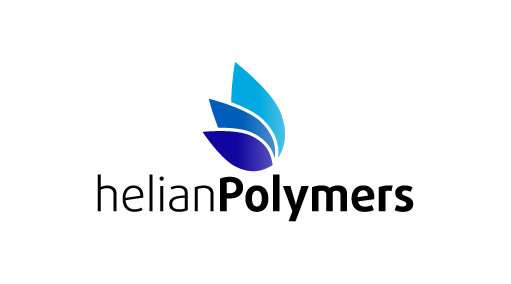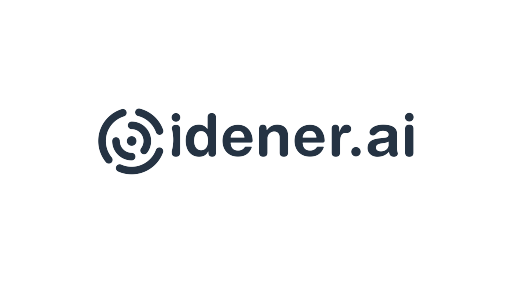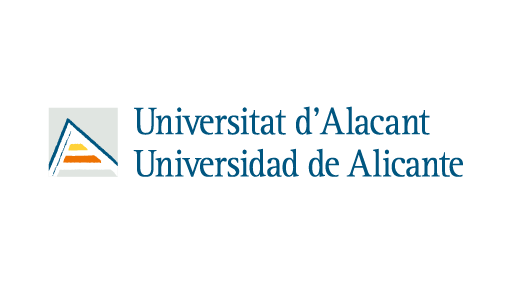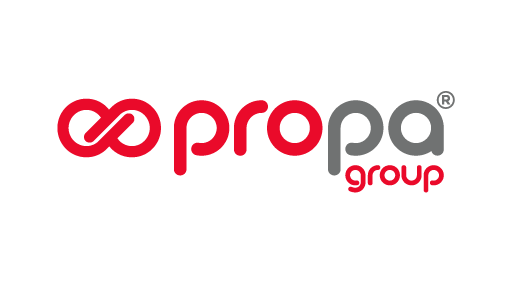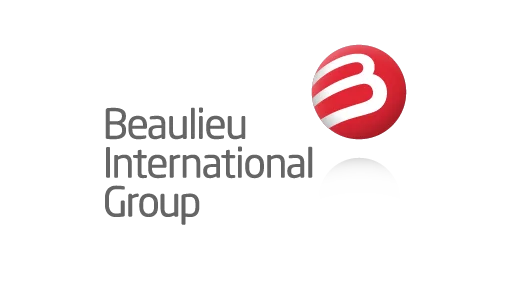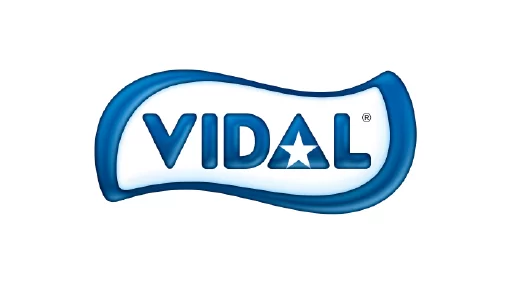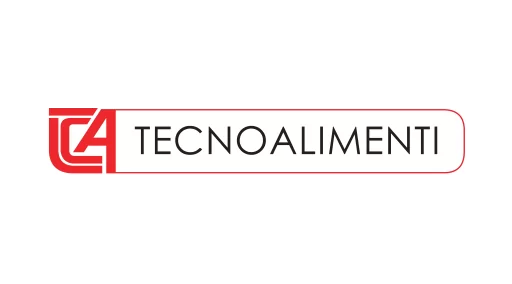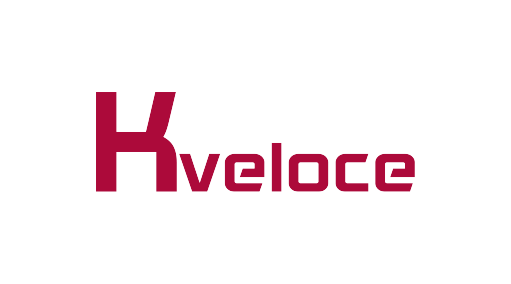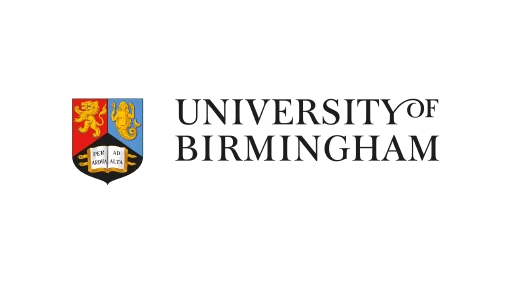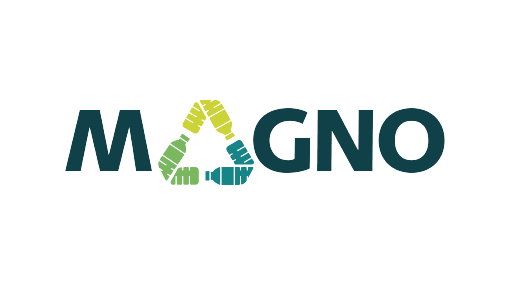THE GREATEST VALUE CAN BE FOUND IN THE SMALLEST THINGS
The PHBV biopolymer shows promising properties for sustainable food packaging: flexibility, processability, recyclability and biodegradability
ViSS aims to improve and increase the production of a range of processable, safe, and cost-effective PHBV. This will be exclusively produced and processed from industrial organic residues. ViSS PHBV be formulated and compounded to be transformed into high-performance food packaging. It will also be mechanically recyclable and biodegradable in all environments, including marine, freshwater, soil, industrial, and home compost.
The project will demonstrate that the traditional arguments for using fossil-based plastic (especially, cost-competitiveness) and the barriers for industrial scale-up failures of bioplastics, mainly due to their recyclability and/or biodegradability potentials, are part of the past and can be overcome.
ViSS will make a concrete advancement towards breaking free from plastic pollution by demonstrating the feasibility of a circular value chain. It starts from industrial food residues and leads to new, bio-based food packaging, ensuring uptake from both producers and consumers.
CHALLENGES and SOLUTIONS
1. PHBV High production costs derived from:
- High costs of feedstock.
- Costly precursors for flexible applications.
- Conventional bioprocesses’ yields are low-medium and need high energy & investment costs.
- PHA downstream processes are costly and environmentally unsustainable.
ViSS solutions:
- Innovative combination of residues as feedstock to be used as C, N, P sources.
- Obtention of high amounts of PHBV with high 3HV content and less costly VFAs precursors.
- Innovative green downstream processes to extract the PHBV.
2. Difficult processability and the loss of mechanical properties derived from PHBV limited processing window and slow nucleation rate from the melt.
VISS solution: ViSS PHBV formulation is based on non-hazardous and EFSA-authorised or GRAS multifunctional additives while conserving the excellent biodegradability properties of the PHBV.
3. Commercial PHBV lacks flexibility. Thus, PHBV based semiflexible & flexible products keep a low PHBV ratio and hinder the PHBV biodegradability.
ViSS Solution: The project will develop a range of PHBV compounds with flexible properties, based only on PHBV blends, maintaining these excellent qualities.
4. Mechanical recycling notably degrades commercial PHBV.
ViSS Solution: ViSS PHBV is inherently mechanically recyclable thanks to its high 3HV content.
5. Framework conditions to ensure adoption and replication of bio-based value chains are insufficient.
ViSS Solution: The project adopts a Safe and Sustainable by Design (SSbD) approach, while creating tools and framework conditions fostering an increased social readiness and ViSS marketability.
APPROACH
The ViSS circular value chain will be built collaboratively, following safe and sustainable guidelines that meet EU regulations and ensure policy alignment. The project will deliver and share digital tools and resources that will improve the social readiness and marketability of bio-based plastics, leading to wider adoption and replication.
PROJECT OUTCOMES
Adoption of the ViSS value chain will produce improved functionalities and environmental performances.
OUTCOME 1
57.8% reduction in CO2 emissions compared to fossil counterparts.
OUTCOME 2
Yearly saving of 11.7 kt of crude oil.
OUTCOME 3
Recirculating 288.95 kt of biomass.
OUTCOME 4
Avoiding the use of 2.2 kt of hazardous substances.
The ViSS demonstrators will include a demo-plant at CETBIO. It integrates all the technologies required to produce PHBV and will produce safe and sustainable packaging such as mesh bags for fruits and vegetables, semiflexible packaging – trays – and flexible packaging – bags and envelops. All these will be biodegradable and recyclable, and based exclusively on PHBV. This production will be undertaken on an industrial scale.
The eco-design of the target packaging will be carried out under the Safe and Sustainable by Design (SSbD) umbrella under ISO14006:2011. Packaging format and dimensions will be designed considering the impacts of selected materials, manufacturing processes, and end-of-life scenarios, supported by the Evaluation & Decision tool. The eco-design decisions will be evaluated through LCA & LCC while accomplishing consumer expectations disclosed by the Social Readiness Level (SRL) assessment.
In the long term, ViSS will help increase Europe’s industrial sustainability, competitiveness and resource independence. It will achieve this by expanding bioplastic production capacity. This should create 546 jobs, generate a turnover of €6,443m, bring environmental and health benefits, and foster wide adoption of value chains for bio-based plastics.
ICT PLATFORM
VISS will develop an ICT platform equipped with the following tools:
- Traceability tool to securely capture, store, process and communicate information throughout the ViSS value chain.
- Evaluation & Decision tool, to allow for the assessment of various results and options, aiding in the decision-making process based on safety and sustainability criteria. Additionally, it will evaluate the Social Readiness Level and provide recommendations for improving the social readiness of bio-based plastic products.
- Public tool to communicate reliable information about the ViSS value chain and its impacts.




